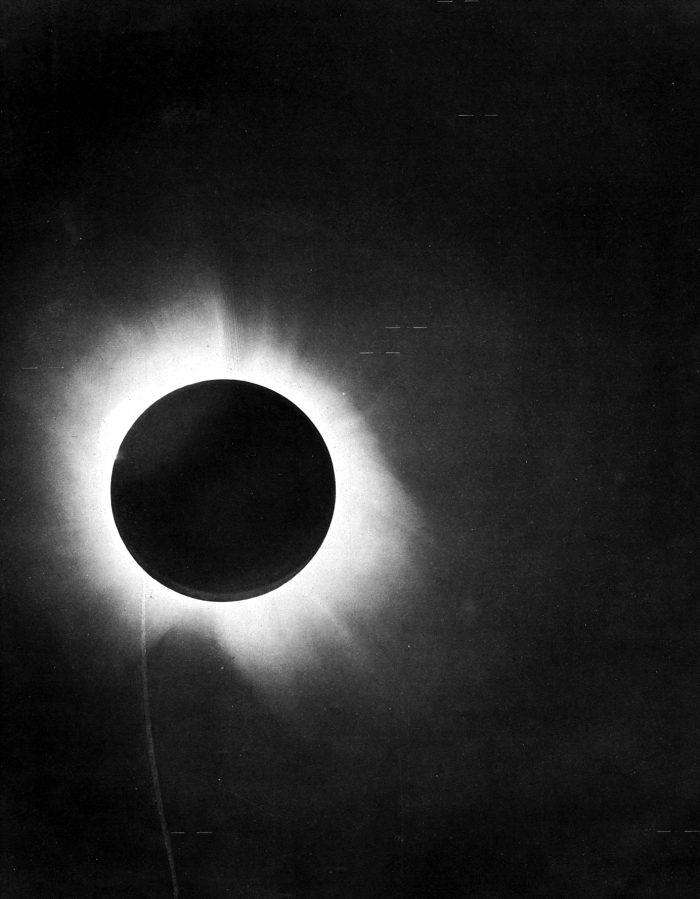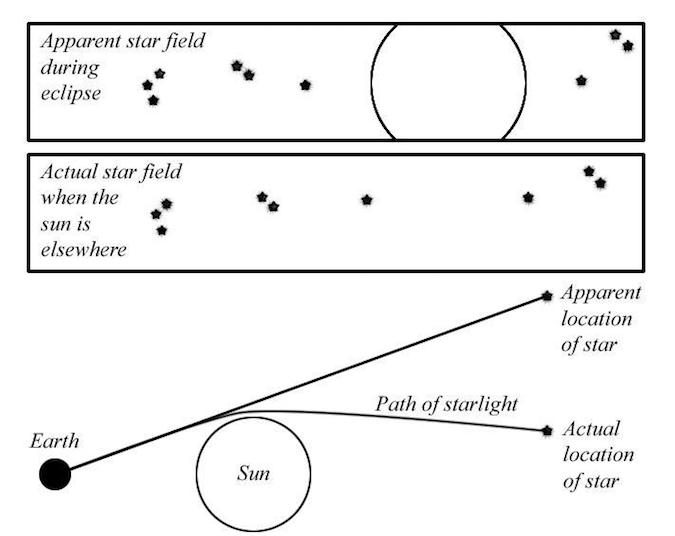🕳️ When Light Falls Inward — The Story of Black Holes
From Collapsing Stars to Cosmic Gateways — Where Even Light Bows to Gravity, and Silence Becomes the Loudest Story in the Cosmos.
From the Vedas to Relativity — Humanity’s Timeless Quest to Grasp the Dark Beyond Light.
Author’s Note
I write as an amateur astronomer who believes that science, when told in the language of wonder, belongs to everyone — prose that seeks to bridge the empirical and the eternal. I try to make the night sky speak in words the lay mind can follow — to let science and spirit meet midway between fact and wonder. This is but an attempt to make science accessible, translating the precision of facts into the poetry of understanding. For I write not as a scientist, but as one who strives to render the universe’s abstractions into a language the lay spirit may love — a bridge between the empirical and the eternal.

🌠 Preface — The Sky Has No Classroom
Astronomy has no teacher but the sky itself. Its lessons are written in silence, its diagrams drawn in starlight. These essays are my attempt to translate that celestial syllabus for anyone who looks upward in wonder but finds no guidebook at hand. For though I am but an amateur astronomer, I hold that curiosity is the purest scholarship.
🌌 What Exactly Is a Black Hole?

When massive stars exhaust their fuel, gravity wins — the core collapses into a singularity and (often) a black hole. Image: Wikimedia Commons / SN1987A (supernova photograph).
A black hole is not a hole in the usual sense — not an empty pit, but a region of spacetime where gravity has become so intense that all paths lead inward.
It forms when mass is squeezed into an impossibly small volume, curving the fabric of space and time so sharply that not even light — which normally defines what we see — can find a way out. The boundary of this region is called the event horizon — a one-way frontier where escape velocity equals the speed of light. Inside, the laws of physics as we know them strain and yield: space folds, time dilates, and classical descriptions of matter approach the enigma called a singularity.
So: a black hole is not an object in space — it is a shape of space-time itself.
☄️ Why Do Black Holes Exist at All?
In the simplest sense, they are gravity’s natural conclusion. Whenever enough mass gathers in one place, the inward pull of gravity can overwhelm every other force. Nature does not abhor the vacuum — it sculpts it. Black holes are therefore not “abnormalities” but inevitable stages in cosmic evolution.
They act as the universe’s recycling centres: swallowing matter, concentrating mass and angular momentum, and — crucially — anchoring galaxies. Supermassive black holes in galactic centres help stabilise orbits and contribute to how galaxies form and evolve; their gravity helps a galaxy keep its shape, while feedback from accretion can regulate star formation.

🌞 Will Our Sun Become One?
No. The Sun, though majestic, is far too small. When its hydrogen fuel is exhausted, it will expand into a red giant, shed its outer layers into a shimmering planetary nebula, and leave behind a white dwarf — a dense, Earth-sized ember. Only stars with several times the Sun’s mass end their lives as black holes. Our star’s farewell will therefore be a quiet retirement, not a plunge into oblivion.
🌀 The Structure of Nothingness
Though unseen, a black hole’s anatomy can be described:
- Event Horizon — the one-way surface beyond which escape is impossible for any causal signal.
- Accretion Disk — infalling gas and dust heated to millions of degrees, often the source of intense X-rays and visible light.
- Photon Sphere — the region where light can orbit the hole.
- Relativistic Jets — narrow beams of plasma launched along magnetic field lines, sometimes visible across millions of light-years.
These observable features are how astronomers detect and study black holes despite their intrinsic invisibility.
✨ When Light Bends — Gravitational Lensing
Einstein’s general theory of relativity tells us that mass curves spacetime, and thus light follows curved paths near massive bodies. On cosmological scales this leads to gravitational lensing: background galaxies magnified into arcs or even Einstein rings, their images multiplied and distorted by intervening mass.
On a much smaller scale, our Sun also bends starlight. During a total solar eclipse, when the Sun’s glare is blocked, stars near the Sun become visible. In 1919 Sir Arthur Eddington’s eclipse expedition measured tiny apparent shifts in star positions — the first empirical confirmation of general relativity.

Photographic plates from the 1919 Eddington expedition — the first precise measurements showing starlight deflected by the Sun’s gravity. Image: Wikimedia Commons.

Illustration of starlight deflection around the Sun. Credit: NASA GSFC / Wikimedia Commons.
🕯️ How Do We Know They Exist?
We infer black holes from their influence: the orbits of stars around an unseen mass (as around Sagittarius A*), high-energy emission from accretion flows, and gravitational waves from binary mergers. Each signature is a line of evidence that, together, form a convincing picture.

Sagittarius A* — the supermassive black hole at the centre of our Milky Way, revealed by stellar orbits and radio imaging. Image: EHT Collaboration / NASA / Wikimedia Commons.
Other observational methods include:
- X-ray spectroscopy — detecting accretion heating.
- Proper motion studies — measuring fast stellar orbits close to the unseen mass.
- Gravitational lensing — seeing the bending of background starlight by compact masses.
- Gravitational-wave detectors (LIGO/Virgo/KAGRA) — listening to black hole mergers.
A Continuing Vision — 2025
Even as our instruments stretch the boundaries of sight, the cosmos continues to reward patience with revelation. In 2025, astronomers unveiled what they describe as the first direct radio image showing two supermassive black holes orbiting one another — a spectacle that turns inference into vision.
Image credit: Instagram @astrography_official
The image captures a pair of black holes at the heart of the quasar OJ287, about five billion light-years away. The larger weighs roughly 18 billion solar masses, its companion about 150 million — both locked in a twelve-year orbital dance. Their decades-long variations in brightness had hinted at such a pairing; this radio image now gives those hints form.
It was achieved using very-long-baseline radio interferometry (VLBI), combining data from the RadioAstron space antenna and terrestrial arrays. The resulting angular resolution was sharp enough to separate the twin jet sources — a feat once relegated to theory.
Researchers note that while the features overwhelmingly favour the binary black-hole interpretation, follow-up imaging will refine the model and rule out alternative explanations such as complex jet geometry. From mathematical conjecture to twin singularities capt
💫 Rogue Black Holes — The Wandering Abysses

An artist’s concept of a rogue black hole drifting through interstellar space — visible only through its gravitational signature. Image: NASA artist's conception.
Some black holes are ejected during asymmetric mergers or supernova kicks and roam the galaxy. They are hard to find — typically we detect them by the subtle lensing they impose on background stars, or by the accretion of interstellar gas that briefly lights them up.
⏳ What Happens to Them Over Time?
Classically, black holes appear eternal. Quantum theory introduces a subtlety: Hawking showed that black holes emit a faint thermal radiation due to quantum effects near the horizon — a process called Hawking radiation. Over astronomically long timescales this causes mass loss and eventual evaporation.

Conceptual art: black hole evaporation via Hawking radiation — a slow leakage of mass-energy over unimaginable timescales. Image: Wikimedia Commons / conceptual illustration.











